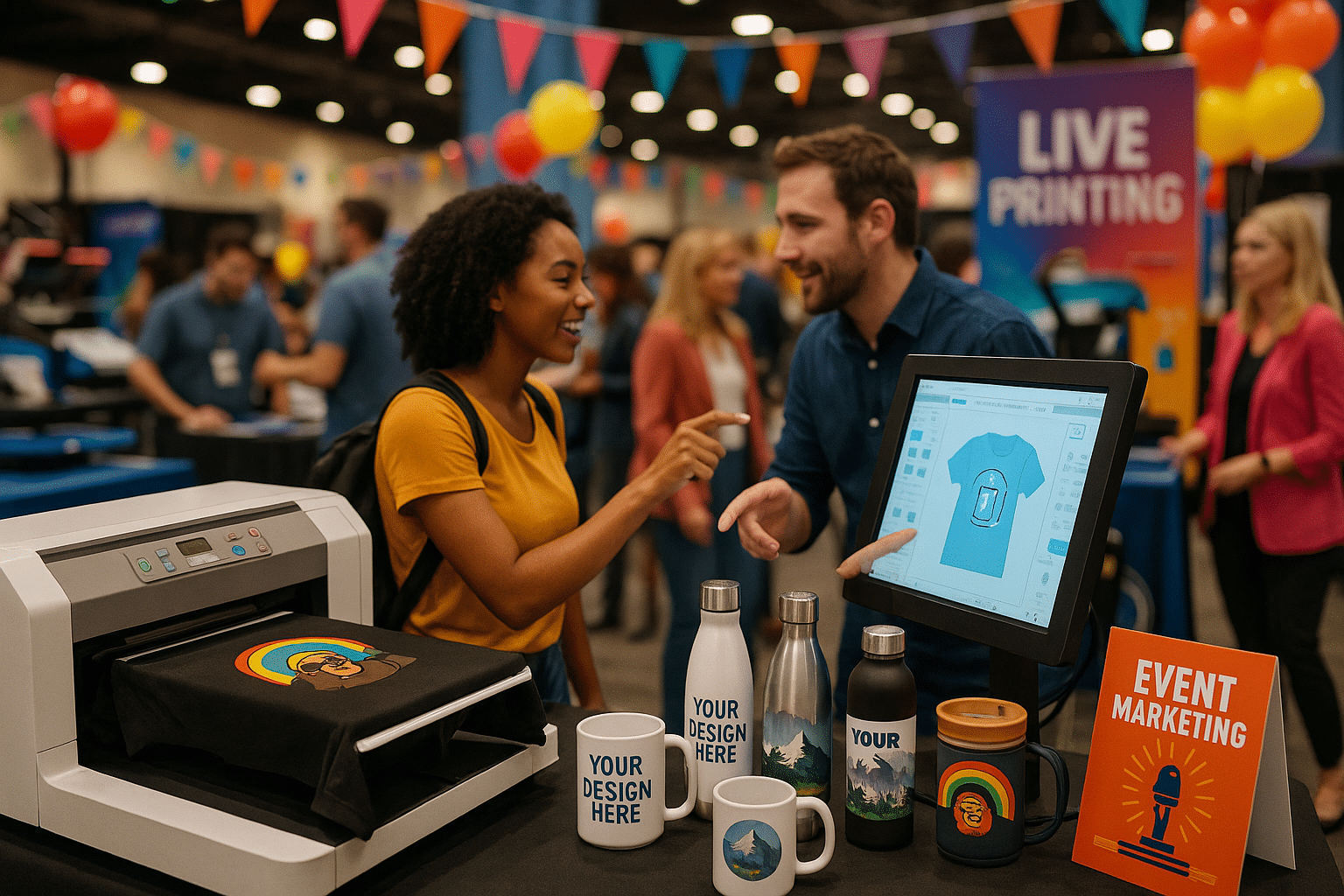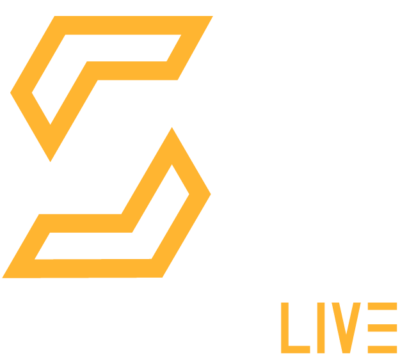The Ultimate Guide to Event Planning Success
The Ultimate Guide to Event Planning Success

Event planning is both an art and a science, requiring creativity, organization, and effective marketing strategies. In this guide, we will delve into essential tips, interactive trends, and DIY inspiration to create unforgettable events. We will also explore innovative branding techniques and share insights from successful events to ensure your next gathering stands out.
Planning the Perfect Event
Creating engaging content for your event planning blog is essential to attract an audience eager for tips, trends, and inspiration. Here are some strategies to write an engaging SEO blog, focusing on event planning:
- Select Relevant Topics: Choose subjects that resonate with your event planning audience. Consider themes like DIY decorations, interactive trends, behind-the-scenes insights, and event success stories. For example, a topic could be “10 Creative Ways to Enhance Your Gathering with a Photo Booth.”
- Incorporate Popular Keywords: Optimize for search engines by using keywords effectively. Terms like ‘hire photo booth,’ ‘photo booth cost,’ and ‘buy a photo booth’ can be seamlessly integrated into your blog content to attract relevant searches. Example sentences can include: “Understanding the photo booth cost can help you budget effectively for your event.”
- Utilize Engaging Titles: Create catchy blog titles that include your keywords while avoiding overstuffing. This could be as simple as “Engage Your Guests with a Fun Photo Booth Experience” or “Top 5 Must-Have Items for Your Next Event: From Thermal Bottles to Photo Booths.”
- Use Point Forms for Readability: Break down information into easy-to-read bullet points. This not only improves readability but allows readers to digest information quickly. Highlight key items like ‘thermal bottles,’ ‘laser-engraved products,’ and ‘custom mugs’ that can be featured as event giveaways or interactive elements touching upon how they can work alongside your photo booth.
- Incorporate Visuals: Images play a critical role in capturing attention. Use high-quality photos of previous events featuring your products, such as photo booths or custom items. Ensure photo booths are highlighted in your visuals, as they serve as a great focal point for guests.
- Share Behind-the-Scenes Insights: Give readers a glimpse into the planning and execution of successful events. Discuss the importance of teamwork in setup, how custom items are sourced, or what went into creating a standout photo booth experience, making attendees feel connected to the process.
- Showcase Event Success Stories: Share case studies or testimonials from previous events that have successfully utilized photo booths, explaining their impact on guest engagement and memorable experiences. This not only provides authenticity but encourages planning and hiring behaviors.
- Feature DIY Inspiration: Encourage your audience by providing DIY tips for enhancing their events, like crafting unique photo booth props or personalizing custom items like hoodies and caps. This inspires creativity and fosters a connection with your brand; when they think of DIY, they think of you.
Creating engaging blog content with these elements will enhance your event planning website, attracting new visitors while keeping the current ones informed and inspired.
Incorporating Interactive Trends
Incorporating interactive trends can elevate your event and create lasting memories. Here are some effective ways to engage attendees and enhance their experience:
- Live Polls and Q&A: Utilize platforms like Slido or Mentimeter to engage audiences in real-time. This allows attendees to voice their opinions and ask questions during sessions. Immediate feedback keeps everyone involved and can shape discussions as they unfold.
- Experiential Marketing: Design unforgettable brand experiences. A DIY photo booth can serve as a creative outlet for guests, allowing them to personalize their snapshots with unique backdrops and props. This not only entertains but also generates personalized content that can be shared across various platforms, amplifying your brand’s reach.
- Social Media Integration: Encourage attendees to share their experiences online. Create a dedicated event hashtag and display it prominently. This will enhance online engagement as participants post pictures and updates, promoting interaction beyond the physical space of the event.
- Gamification: Introduce games or challenges that align with your event’s theme. Consider offering custom prizes like laser-engraved luggage tags or branded hoodies to incentivize participation. Integrating competition fosters excitement and motivates attendees to engage with the content presented.
- Collaborative Spaces: Designate areas where attendees can collaborate and share ideas. These spaces can include brainstorming boards or art stations where guests can express themselves through creative projects, further immersing them in the event experience.
- Interactive Photo Opportunities: Beyond just a photo booth, provide unique photo opportunities throughout the venue. Set up visual hotspots, such as themed backdrops or artistic installations, that encourage attendees to take memorable pictures and share them on social media, enhancing overall engagement.
- Feedback Stations: Allow for real-time feedback at the event. Setting up kiosks where attendees can anonymously share their thoughts can provide valuable insights for future events and involves them in the event’s evolution.
By incorporating these interactive elements, you facilitate a two-way connection between you and your audience. Transforming passive observers into engaged participants will ultimately make your event more memorable and impactful.
DIY Inspiration for Custom Elements
When it comes to elevating your events, DIY elements offer an ideal way to create a meaningful experience that resonates with your guests. Below are some inspiring ideas to incorporate custom elements into your gatherings:
- Customized Decor: Utilize cardstock to craft eye-catching banners, table centerpieces, or signs that enhance your event’s theme. Laser-engraved products can add an elegant touch—think of table numbers, name tags, or even personalized awards that attendees will cherish.
- DIY Favors: Create memorable take-home gifts like custom hoodies, mugs, or thermal bottles. Personalizing these items not only makes your guests feel special but also reinforces your brand. Consider incorporating your event logo or theme in the design to leave a lasting impression.
- Photo Booth Props: Custom props can elevate your event’s photo booth experience. Design props that align with your event theme, whether it’s quirky glasses or fun signs. Opt for sturdy materials like cardstock or acrylic for durability, ensuring they can endure the excitement of photo sessions. Guests will love capturing moments with these unique touches!
- Interactive Stations: Set up DIY stations where attendees can create their own keepsakes, such as personalization of items like luggage tags or caps. This hands-on creativity not only drives engagement but allows guests to express themselves, creating a sense of community as they share this experience.
- Storytelling Elements: Consider integrating a narrative element into your event decor. Each customized item, from thermal bottles to engraved mugs, can tell a part of your story. Utilize these items as conversation starters, providing guests with an opportunity to engage with one another meaningfully.
- Feedback Wall: Create a wall where attendees can leave messages using markers on your cardstock creations. This interactive element allows for genuine feedback while enhancing the community feel of your gathering.
Embracing DIY projects does more than just save costs; it creates an avenue for attendee collaboration and creativity, ultimately enhancing the overall event experience. The personal touch of custom elements not only enriches the atmosphere but also fosters connection, ensuring that your guests walk away with fond memories of their time spent together.
Effective Marketing and Branding Strategies
Marketing your event is crucial to its success. Here are some strategies:
- Targeted Promotion: Identify your audience. Use social media channels that resonate with them to promote your event. Instagram and Facebook can be leveraged for visually appealing posts showcasing your event details, particularly the exciting features like hiring a photo booth.
- Email Campaigns: Send personalized invitations highlighting key event features. Mention the fun of hiring a photo booth to pique interest. Utilize an engaging subject line like “Capture the Fun: Don’t Miss Our Event Featuring a Photo Booth!”
- Brand Partnerships: Collaborate with brands to offer joint promotions. This can enhance visibility and attract diverse audiences. Consider teaming up with local businesses, such as those selling customized mugs or hoodies, to provide promotional giveaways or exclusive discounts.
- Content Marketing: Publish articles or blogs about your event’s theme. Offer value and draw in interest by discussing interactive trends or DIY inspirations. Incorporate SEO keywords like “photo booth cost” or “buy a photo booth” naturally within content. For example, an article on “How to Make Your Event Memorable with Interactive Photo Booths” could drive significant traffic.
- Social Media Contests: Encourage engagement by running contests on social media. Ask attendees to share their experiences or favorite moments from past events for a chance to win branded merchandise like thermal bottles or caps. This not only creates excitement but increases online visibility as participants spread the word.
- Post-Event Recaps: After your event, share highlights through captivating blog posts or videos. Use visuals from the photo booth to showcase the fun and engagement. This creates a library of content to promote future events and demonstrates your brand’s ability to deliver memorable experiences.
Effective marketing creates buzz and drives attendance, ensuring your event meets its objectives. Utilize these strategies to stand out in a crowded market and engage your audience meaningfully. Ultimately, successful marketing will leave a lasting impression, making your event a highlight they won’t forget.
Behind-the-Scenes Insights
Understanding the effort that goes on behind the scenes can provide invaluable lessons for aspiring event planners. Here are key insights that can help future planners navigate the complexities of event planning:
- Communication is Key: Keep open lines of communication among vendors, sponsors, and staff throughout the planning process. Regular check-ins can clarify roles and responsibilities, ensuring everyone stays on the same page. Utilize scheduling tools and group chats to streamline discussions.
- Contingency Planning: Unexpected scenarios can arise, so it’s crucial to prepare for them. Have a backup plan for every important aspect—whether it’s different venues in case of weather disruptions or alternate vendors ready to step in if there are last-minute cancellations. This reduces stress and helps maintain the event’s integrity.
- Feedback Collection: Post-event surveys provide invaluable insights that can enhance future events. Utilizing simple tools like Google Forms for easy feedback collection ensures you receive constructive criticism and accolades alike. This information can guide your planning process, keeping successful strategies while improving on less popular ones.
- Success Stories: Sharing stories of past events that thrived through creative concepts or audience engagement strategies can serve as inspiration. This not only highlights effective practices but also builds confidence for new planners. For instance, a cleverly designed interactive photo booth can truly elevate the guest experience and serve as an engaging activity that keeps attendees entertained.
- Resource Management: Keeping track of your budget and resources is paramount. Use spreadsheets or specialized software to monitor expenses related to materials like thermal bottles, water bottles, and laser-engraved items. Knowing exactly where funds are allocated can help you pivot quickly if costs exceed expectations.
- Networking with Vendors: Build strong relationships with your vendors. A solid network can not only secure better pricing but can also ensure that everyone involved is committed to seeing the event succeed. Establishing communication channels with vendors for items like mugs and luggage tags will smooth out logistical challenges.
- Utilizing Technology: Use event management tools to streamline planning and execution. Consider virtual check-in systems or digital agendas to keep everything organized. Also, dashboard tools can help visualize timelines and progress, ensuring nothing falls through the cracks.
These behind-the-scenes insights can dramatically impact the success of future events by fostering effective communication, preparation, and resource management. By investing time in these areas, you can elevate your event planning and create memorable experiences that resonate with attendees.
Celebrating Event Success Stories
Every event has the potential for success, and hearing about those triumphs can spark inspiration for future planners. Here are a few success stories that highlight innovative strategies in event planning:
- Case Study 1: A local charity gala managed to surpass its fundraising goals by incorporating interactive games and engaging social media content. By creating a hashtag and encouraging attendees to share their experiences live, the event not only raised significant funds but also fostered a sense of community involvement. Attendees were encouraged to capture moments with customizable thermal bottles as prizes for game winners, leaving a lasting brand impression.
- Case Study 2: A vibrant music festival took audience participation to a new level by featuring unique photo booths that matched the festival’s eclectic vibe. Attendees loved the creativity of the photo booths, which included props and dynamic backgrounds that reflected the performances. Not only did this increase engagement, but it also drove substantial social media buzz, with more users tagging their photos and spreading the word about the next festival. Investing in stunning mugs as keepsakes also added value to their overall experience.
- Case Study 3: At a corporate launch event, the brand strategically opted for DIY decor crafted by staff and community volunteers. Utilizing materials like cardstock for custom banners not only saved on costs but also encouraged team-building. Collaborative activities at the event allowed attendees to express their creativity, resulting in glowing testimonials and a revitalized brand image that attendees passionately shared online. The inclusion of personalized luggage tags for all RSVP’d guests was a thoughtful touch that showcased brand commitment to lasting impressions.
- Leverage Feedback: Successful events often capitalize on what worked in the past. Utilizing positive testimonials and feedback in future marketing efforts can create a sense of trust and reliability for potential attendees.
These success stories illustrate that thoughtful planning and innovative approaches can significantly impact public engagement. By incorporating interactive elements like photo booths while showcasing unique products ensures that events remain memorable and resonant with attendees. Through creative implementation, planners can maximize their event’s potential and inspire future gatherings.
Conclusions
In conclusion, mastering the art of event planning involves understanding key trends, being inspired by DIY projects, and implementing effective marketing strategies. By incorporating these elements and showcasing unique items—like customized photo booths and laser-engraved products—you can create exceptional events that resonate with your audience and leave lasting memories.




